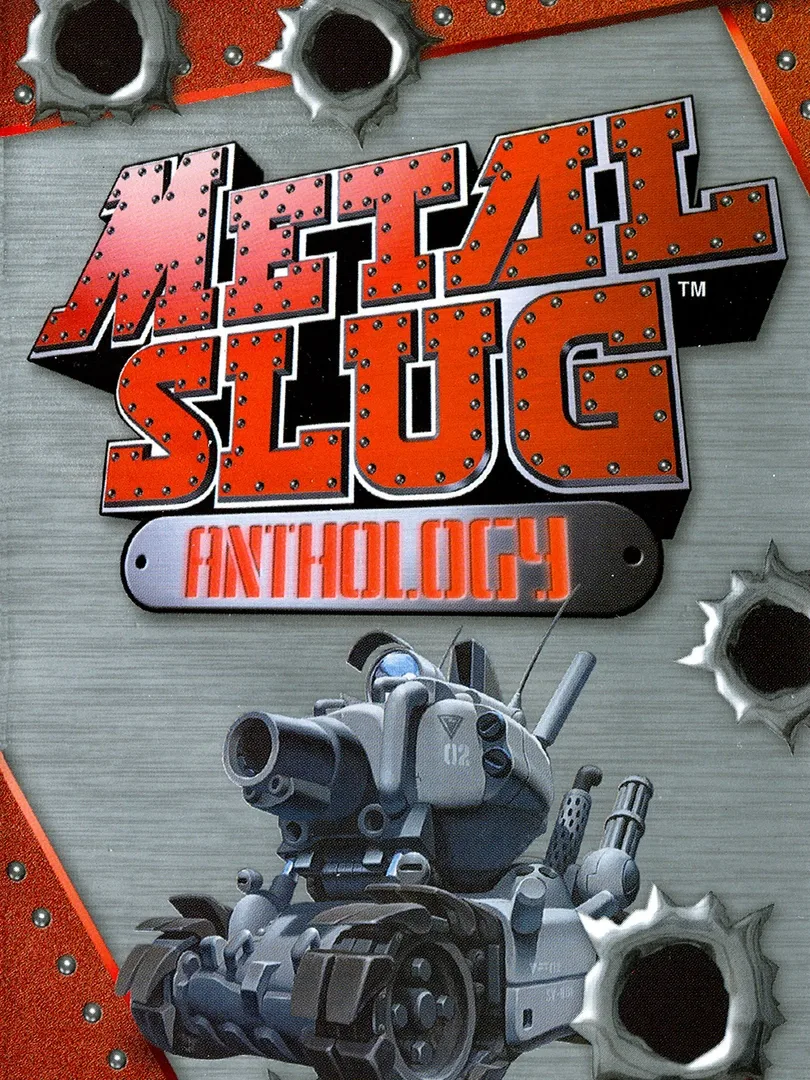Advanced Search
Title
No filter
Genre
No filter
Platform
Playstation 4
Developer
No filter
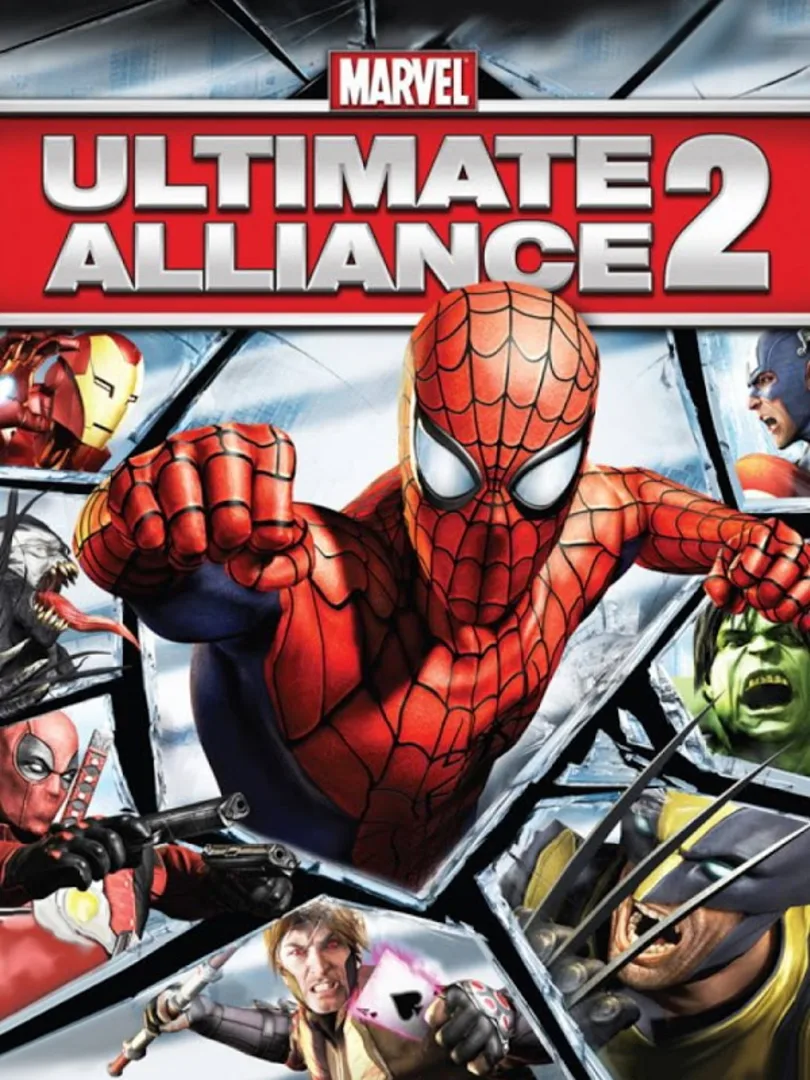
Release date: 15/09/2009
Marvel: Ultimate Alliance 2
Marvel: Ultimate Alliance 2 is the second game in the Marvel: Ultimate Alliance series, and is loosely based on the events of the Civil War comic book story line. It brings with it a larger roster of heroes and villains to play as, as well as more ways to utilize your team in battle.
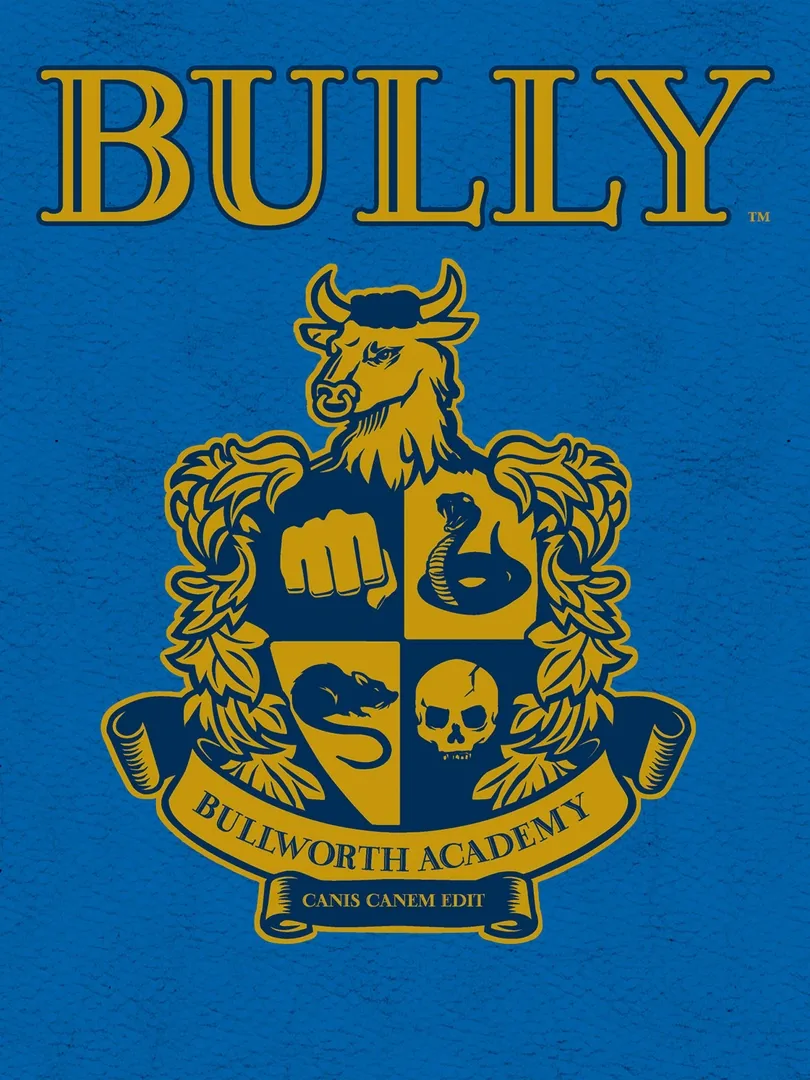
Release date: 27/10/2006
Bully
As a mischievous schoolboy, you’ll stand up to bullies, get picked on by teachers, play pranks, win or lose the girl, and ultimately learn to navigate the obstacles of the worst school around, Bullworth Academy - a corrupt and crumbling prep school with an uptight facade.
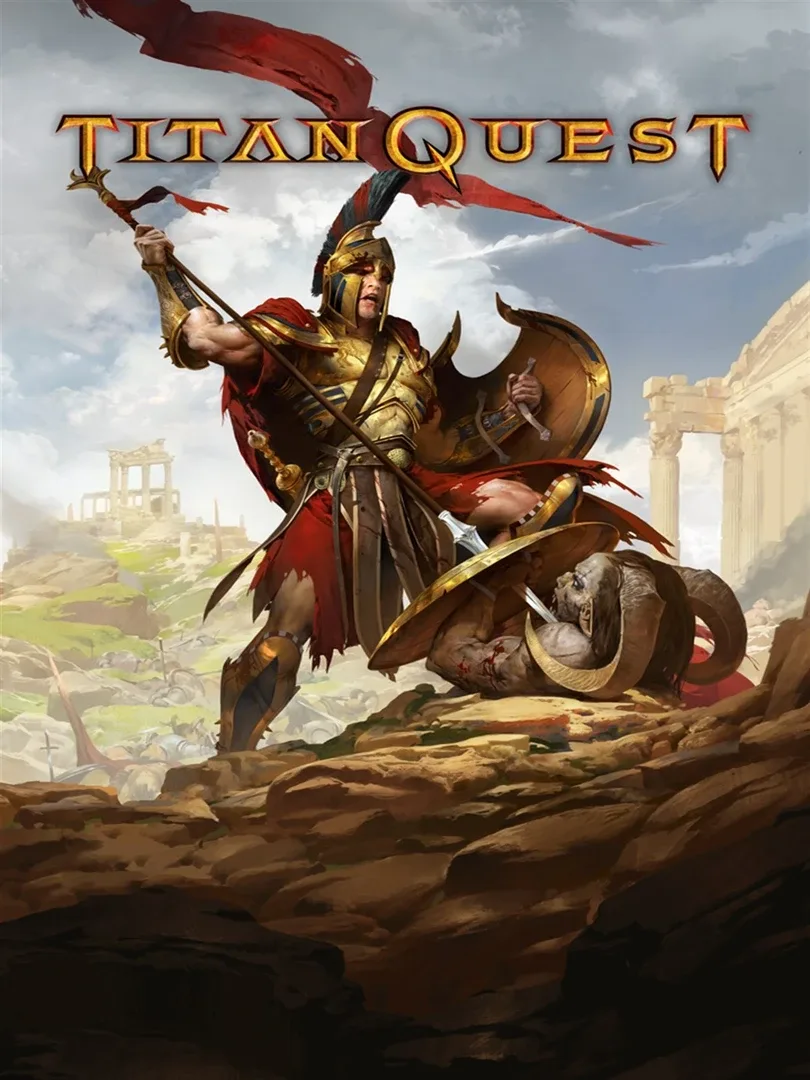
Release date: 26/06/2006
Titan Quest
Titan Quest is an action role playing hack and slash video game developed by Iron Lore Entertainment. It was released worldwide by THQ on June 26, 2006. The game was released on Steam, along with the expansion Titan Quest: Immortal Throne, on July 17, 2007. The game is also available via Impulse, GamersGate, GameTap, Direct2Drive and OnLive. In 2013, the IP for Titan Quest, along with most of THQ's other games was purchased by Nordic Games.
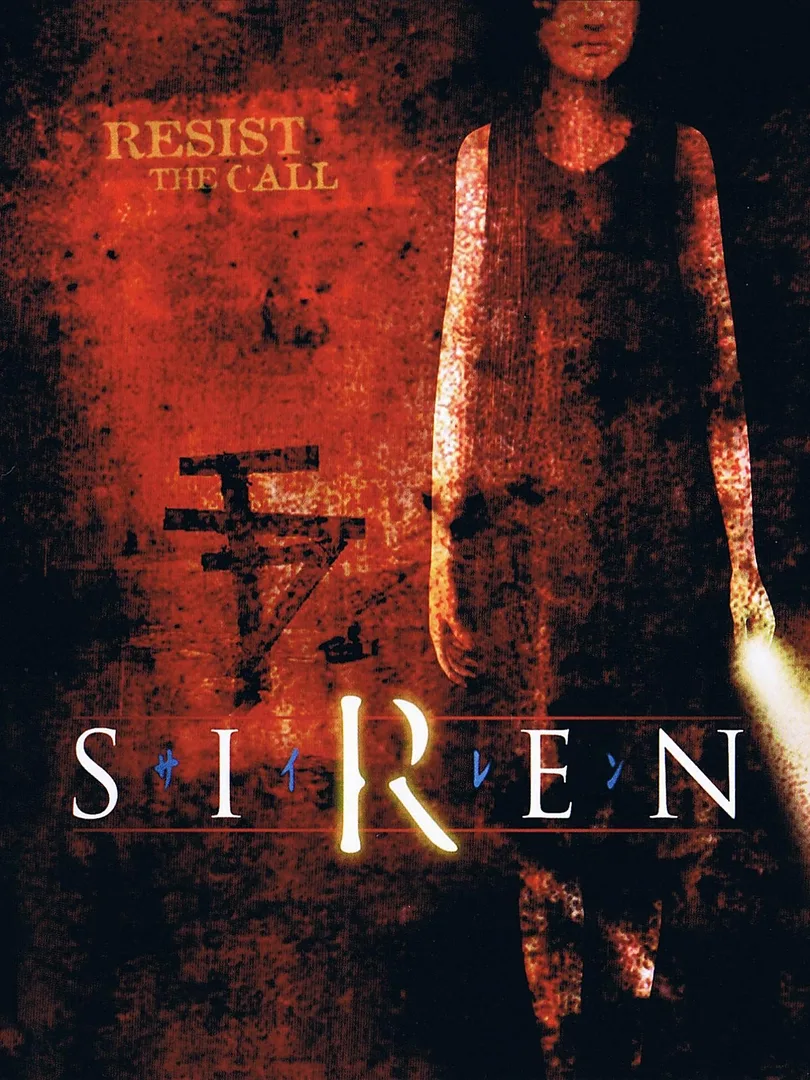
Release date: 20/04/2004
Siren
The story revolves around an interconnected cast of characters that possess a power which enables them to see and hear what a nearby character sees. The game was followed by a PlayStation 2 sequel, a reimagining for the PlayStation 3 and a film adaption. Siren is divided into stages, each taking place in one of ten areas in the village of Hanuda, and organized chronologically in a table called the "Link Navigator". In order to complete a stage, the player must accomplish a primary objective that usually involves reaching an exit point, subduing undead enemies called "Shibito", or finding an item. Objectives in different stages are interconnected via a butterfly effect, and a character's actions in one stage can trigger a secondary objective in another stage. There are miscellaneous items scattered throughout each stage that give the player further insight into the plot's background. Once obtained, these items are archived in a catalog and can be viewed at any time during the game's duration. The game's player characters possess a psychic power named "sightjack," which enables them to see and hear what a nearby Shibito or human sees and hears, and thus pinpoint its position, as well as gain knowledge of their activities and of the position of obtainable items. The clarity of each target depends on the distance from the player character. Once a point of view is located, it can be assigned to one of certain buttons of the controller to easily switch between multiple points of view. However, the player character is unable to move during use of the ability and is thus vulnerable to attack. The game encourages the player to avoid Shibito rather than fight them. Characters can walk silently, avoid the use of a flashlight, and crouch behind objects to elude detection. Certain mission objectives require the player character to use items and/or the environment to distract Shibito from their activity, in order for them to achieve a goal. Others require the player to escort a non-player character. Player characters can also shout at any time in order to get the attention of nearby Shibito. Within most stages, the player character can hide in certain places such as cupboards and lock doors to prevent Shibito from entering. When a Shibito hears a sound made by the player character, it will search in the direction from which they heard the sound. If a character is seen by a Shibito, the latter will pursue the character to kill them either with a melee or ranged weapon or by strangulation. The Shibito will also shout to alert other nearby Shibito. Once the character has remained out of the Shibito's sight for a period of time, the Shibito will give up and resume its usual habits. Weapons are available for the player throughout the game, ranging from melee weapons to firearms. While Shibito can be knocked out in combat, they cannot be killed and will reanimate after a short period of time. If a character is injured, they can recover after some time has passed. Characters will lose stamina during combat and while running.
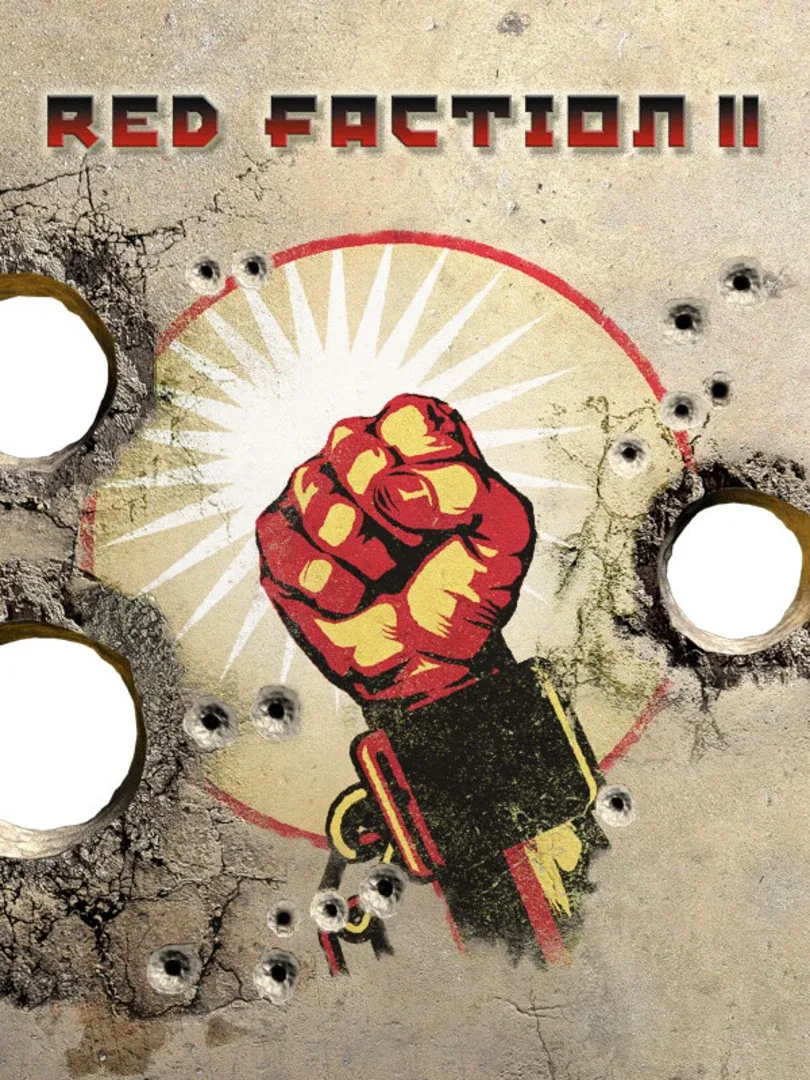
Release date: 09/04/2003
Red Faction II
In Red Faction II you will have to defend your country as Alias, a demolitions expert, with the help of your five squad members, each specializing in their own method of destruction. Fight through diverse levels using vehicles, an arsenal of specialized weapons and massive explosives in your rampage to overthrow the government.
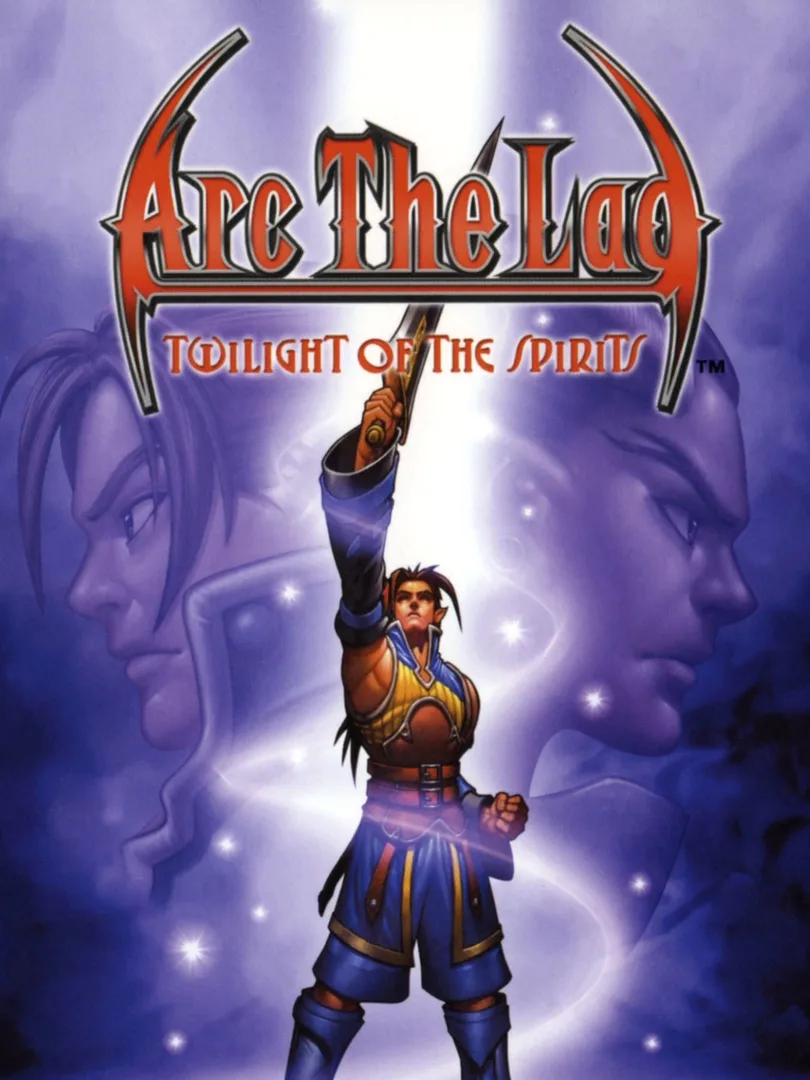
Release date: 20/03/2003
Arc the Lad: Twilight of the Spirits
The world of Arc: Twilight of the Spirits is populated by two races: human and Deimos. The two races prefer to avoid contact with each other, but both depend on the Spirit Stones to sustain the balance in the world. Recently, the human army began sweeping across the lands, taking over countries. This army is going after the five great Spirit Stones. The Spirits, however, are determined to prevent this; to achieve their goal, they choose two heroes who would eventually be able to unite the two races in a battle for justice. One of them a is a human nobleman named Kharg, who hates the Deimos and is planning revenge; another is a Deimos slave named Darc, who dreams of uniting and commanding his race. Will the two heroes be able to put aside their differences and save the world?.. Arc: Twilight of the Spirits is the fourth entry in the Arc the Lad series. Like its two immediate predecessors, the game has tactical battles which allow free positioning and movement of the characters on the combat field. However, the game is closer to being a "regular" Japanese-style role-playing game rather than a tactical RPG. The player controls a relatively small party (up to six active combatants), and is able to explore towns and dungeons in a standard RPG fashion. In the beginning, the game puts the player into control of Kharg, but afterwards the chapters alternate between the human hero and Darc, each with his own party. Characters can use a variety of techniques, accumulating SP (spirit points) in battles and them using them to learn special attacks.
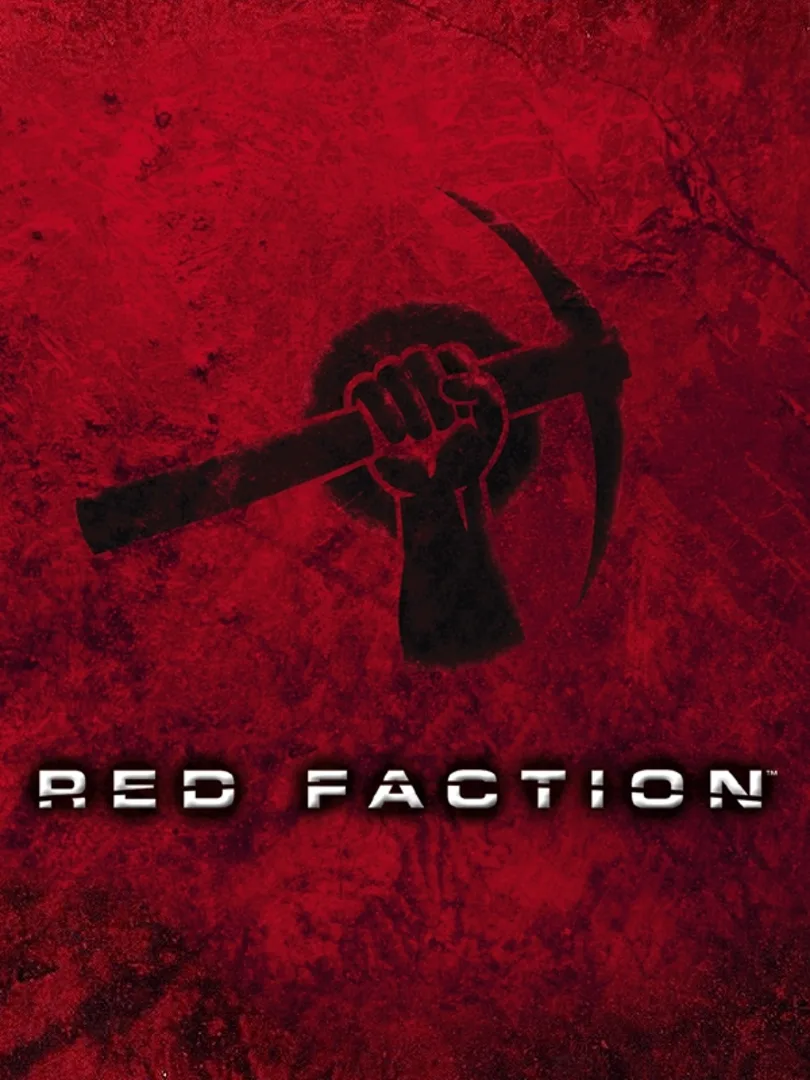
Release date: 28/11/2001
Red Faction
Red Faction revolutionizes gaming with Geo-Mod technology, the ability to completely alter and destroy the environment in real-time. Featuring 5 controllable vehicles, 15 weapons of mass destruction, unparalleled multiplayer action, and a setting on Mars in the midst of a deadly plague and rebellion, Red Faction sets the gold standard in gaming!
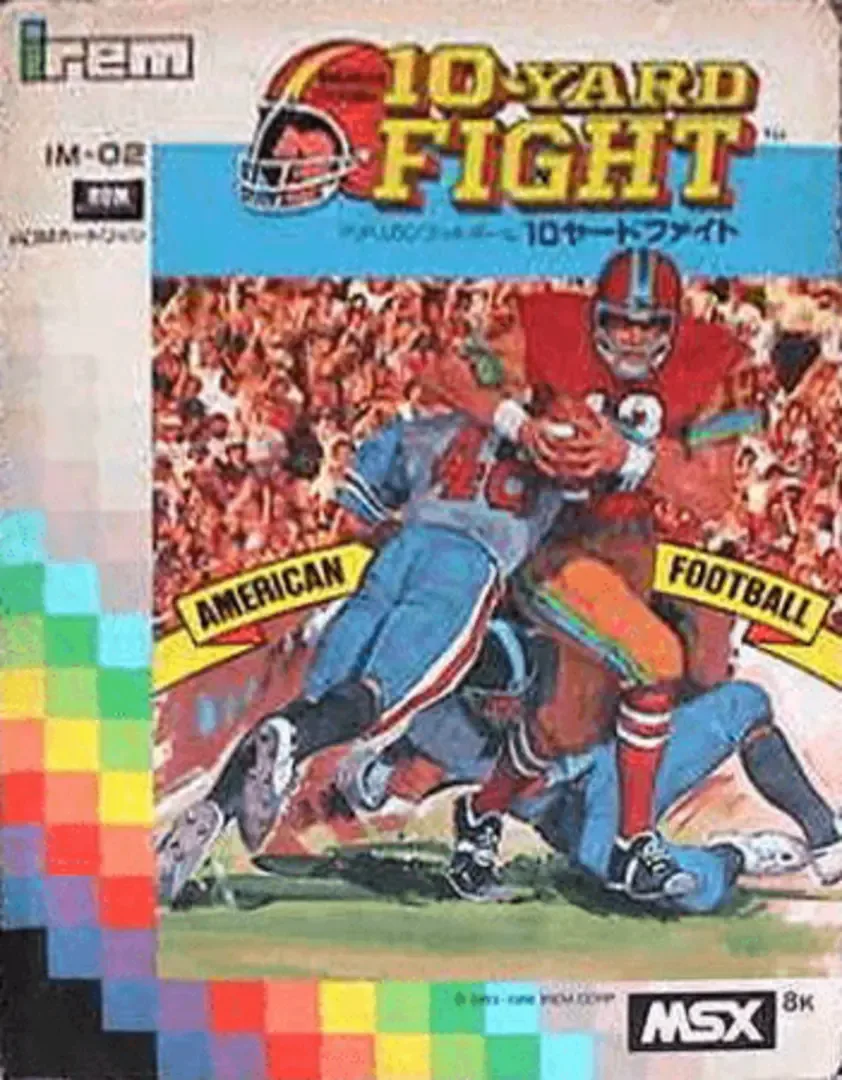
Release date: 01/12/1983
10-Yard Fight
The game is viewed in a top-down perspective and is vertical scrolling. The player does not select plays for either offense or defense. On offense, the player simply receives the ball upon the snap and either attempt to run with the quarterback, toss the ball to a running back, or throw the ball to the one long distance receiver - basically the option offense. On defense, the player chooses one of two players to control, and the computer manipulates the others. The ball can also be punted or a field goal can be attempted. 10-Yard Fight has five levels of difficulty; from easiest to most difficult: high school, college, professional, playoff, and Super Bowl. If the player wins both halves of an "accelerated real time" 30-minute half at an easier level, the player advanced to the next level of difficulty, like a career mode.
